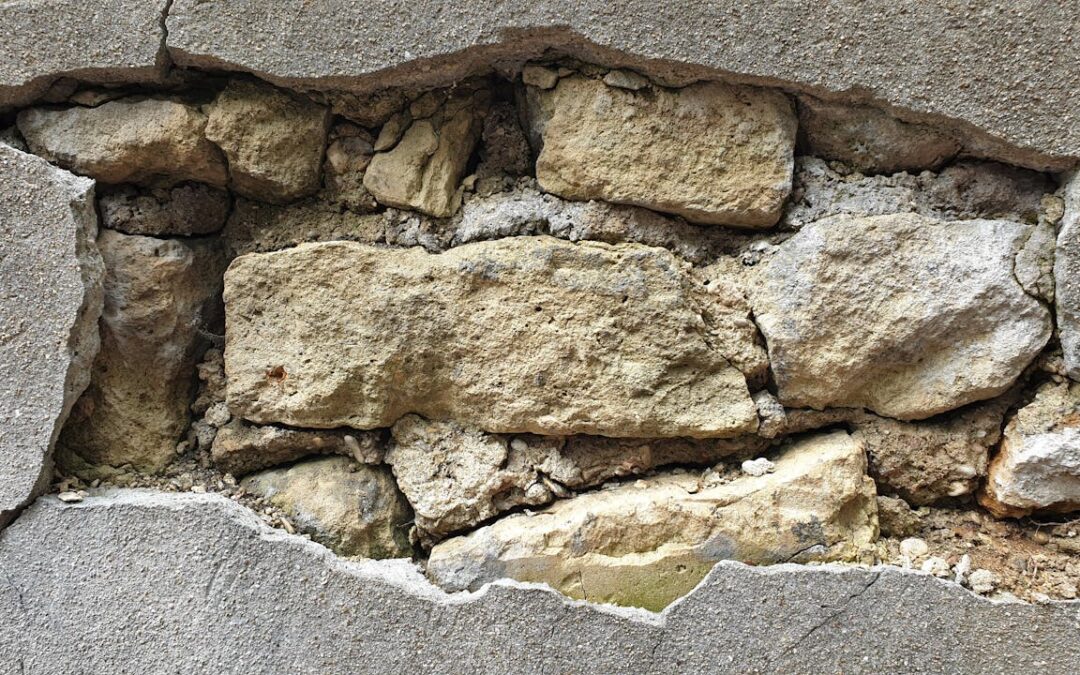Small cracks in your foundation can seem harmless, but they may lead to bigger issues if not addressed in time. Understanding what causes these cracks and how to identify them early can save you from expensive repairs down the line. It’s all about being proactive and attentive to the small details that often go unnoticed.
Taking a hands-on approach by learning simple repair techniques can empower you to tackle minor cracks on your own. With the right tools and a little patience, you can protect your home and keep it standing strong. However, recognizing when it’s time to call in expert help is equally essential to ensure that small problems don’t turn into large headaches.
Understanding Foundation Cracks
Recognizing different types of foundation cracks helps determine the right approach for repair. Small cracks often appear as hairline fractures, step patterns, or vertical lines. Hairline cracks are thin and superficial, usually appearing soon after construction as the concrete cures. Step cracks, resembling a staircase, tend to form along the mortar joints of brick foundations. Vertical cracks are typically narrow and run straight up and down.
Cracks form for various reasons, mostly related to changes in the environment or the foundation itself. Soil movement due to moisture changes is a common cause. When soil expands with water or contracts when dry, it can place pressure on your foundation. Tree roots growing too close or poor drainage can add stress as well. Temperature changes might also impact the building materials, causing them to contract or expand.
Assessing the severity of cracks is crucial to deciding what action to take. Measure the width and length of the crack. Cracks less than 1/8 inch wide are often superficial, whereas anything larger may indicate a bigger problem. Keep an eye on any crack causing doors or windows to stick, as this could signal more serious structural issues requiring professional intervention.
DIY Tips for Minor Crack Repairs
You can handle minor cracks yourself with the right approach. Start by gathering necessary tools and materials. You’ll need a chisel, a wire brush, safety goggles, a repair caulk or epoxy filling, and a caulking gun. A putty knife and water for cleaning the tools will also come in handy.
Here’s a step-by-step guide to fixing hairline cracks:
1. Clear the crack of any debris using the chisel and wire brush.
2. Rinse the area with water to remove dust and let it dry.
3. Apply the repair caulk or epoxy into the crack evenly with a caulking gun.
4. Smooth it over with a putty knife, ensuring the filler blends with the surface.
5. Let it cure according to the product instructions before walking on it or applying additional weight.
Take precautions during DIY repairs. Wear safety goggles to protect your eyes from debris. Use protective gloves when handling chemicals or sharp tools. Always follow product instructions carefully to achieve the best results. If anything seems out of your comfort zone, consider consulting a professional to ensure a safe and effective repair.
Preventive Measures to Avoid Future Cracks
Preventing future foundation cracks involves taking care of the environment around your house. Managing moisture levels is one of the most important things you can do. Keep the soil consistently damp around your foundation by using a drip irrigation system during dry spells. This helps prevent soil from shrinking and pulling away from the foundation.
Proper drainage systems play a critical role in keeping foundations stable. Make sure your gutters are always clean to prevent them from overflowing. Install downspout extensions to direct rainwater at least three feet away from your house. This keeps excess water from soaking into the soil around your foundation, which can cause it to expand and lead to cracking.
Regular foundation inspections are a proactive way to catch potential problems early. Walk around your property every few months to check for new cracks or signs of shifting. Look for changes in how doors and windows open and close. Addressing small issues before they grow can save you from significant repair costs later on.
Knowing When to Seek Professional Help
Recognizing when to reach out to experts is vital to handling foundation issues effectively. Alarming signs such as large gaps, horizontal cracks, or cracks combined with noticeable settling often need professional attention. Moisture inside your basement or crawl space, along with cracks, indicates a problem that might be beyond DIY solutions.
The benefits of professional foundation repair services are numerous. Experts have access to specialized tools and materials that ensure the repairs are done correctly and last a long time. They can also provide a thorough inspection to identify the root cause of the cracking. This not only fixes the current issues but also helps prevent future problems.
Ensuring long-term protection of your home’s foundation might require professional intervention. Professionals can implement comprehensive solutions that are often beyond the scope of DIY efforts. From underpinning to sealing and drainage improvements, having experts on board ensures that your home remains safe and sturdily supported.
Conclusion
Managing small cracks in your foundation involves a mix of knowledge, DIY skills, and recognizing when professional help is needed. By understanding the types and causes of cracks, you can better assess their severity and decide on the best course of action. While home repairs offer a manageable path for minor issues, expert intervention may be necessary to secure your foundation’s health for the future.
Lift-Texas Construction is here to support you with any foundation concerns. If you’re ready to tackle those pesky cracks with the help of skilled professionals, get in touch with us for a comprehensive foundation repair. We promise to lift your home to a whole new level of safety and excellence!

